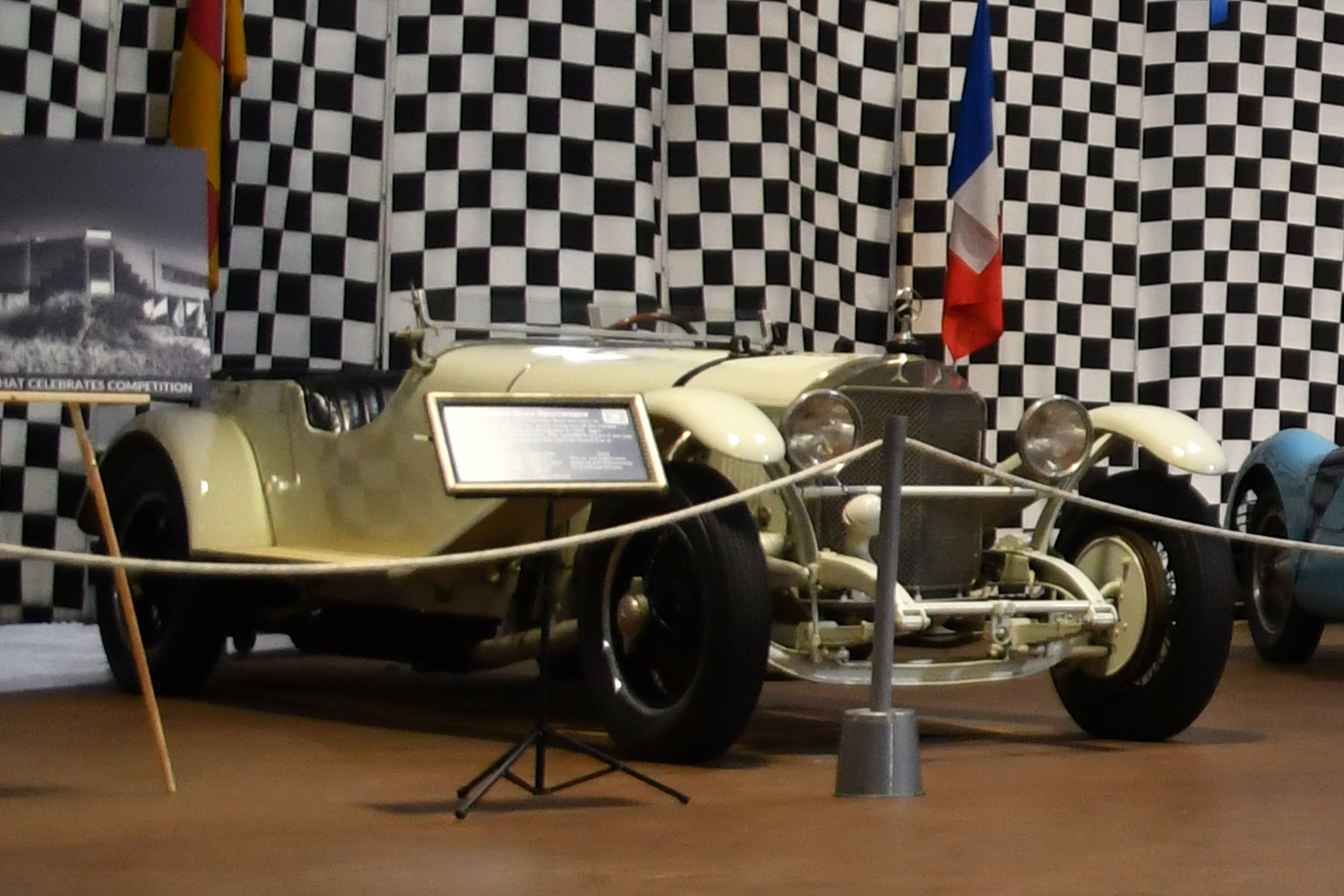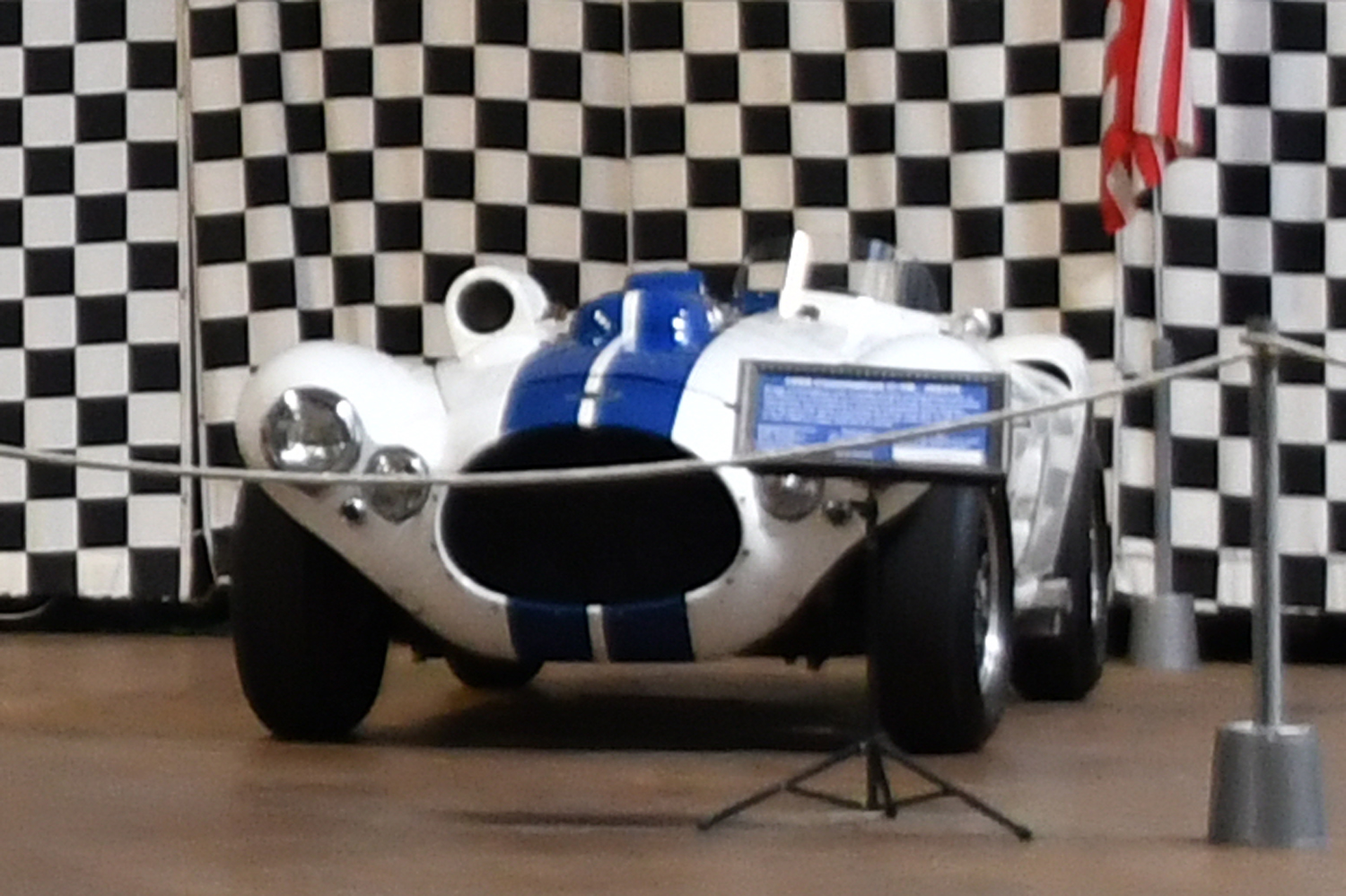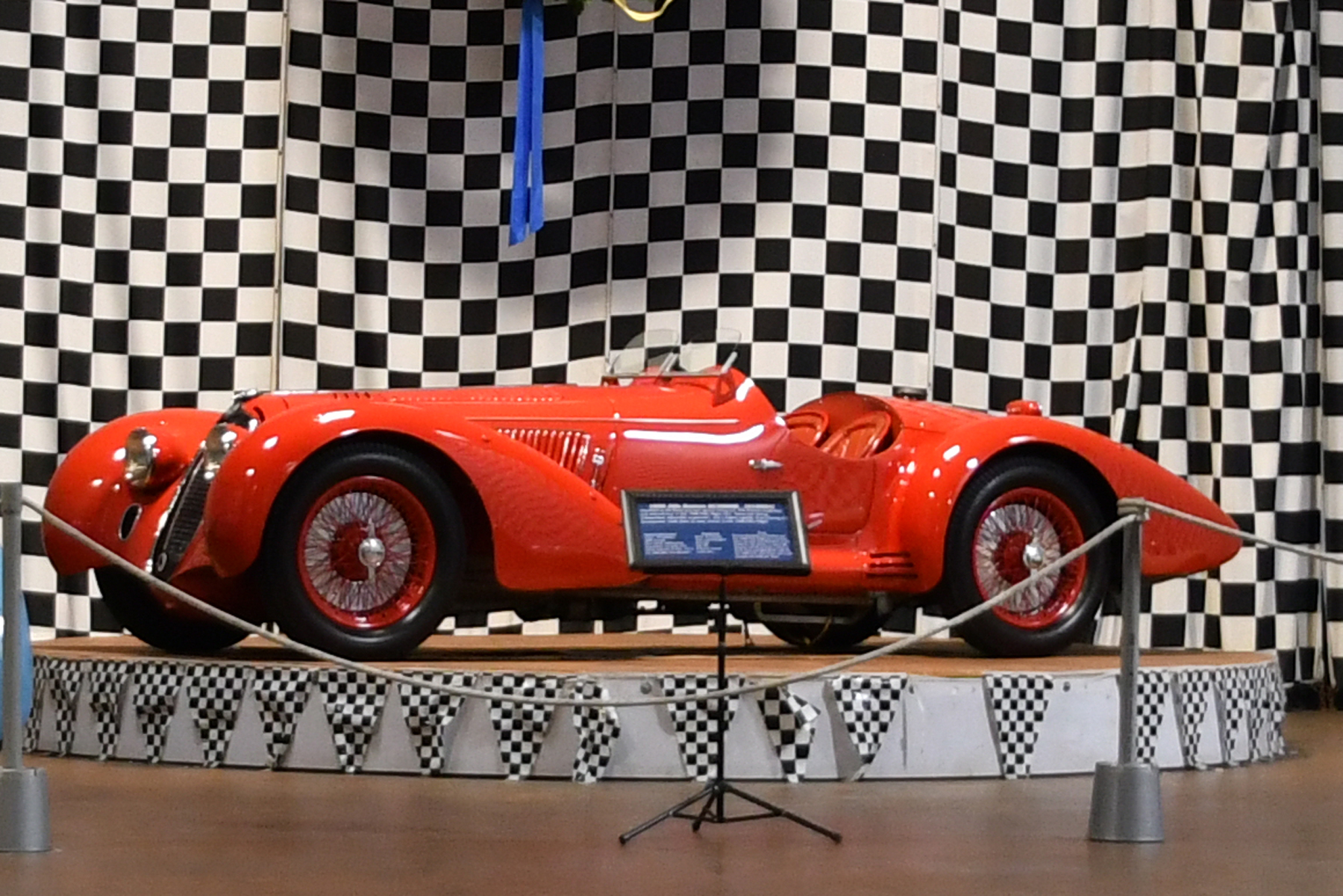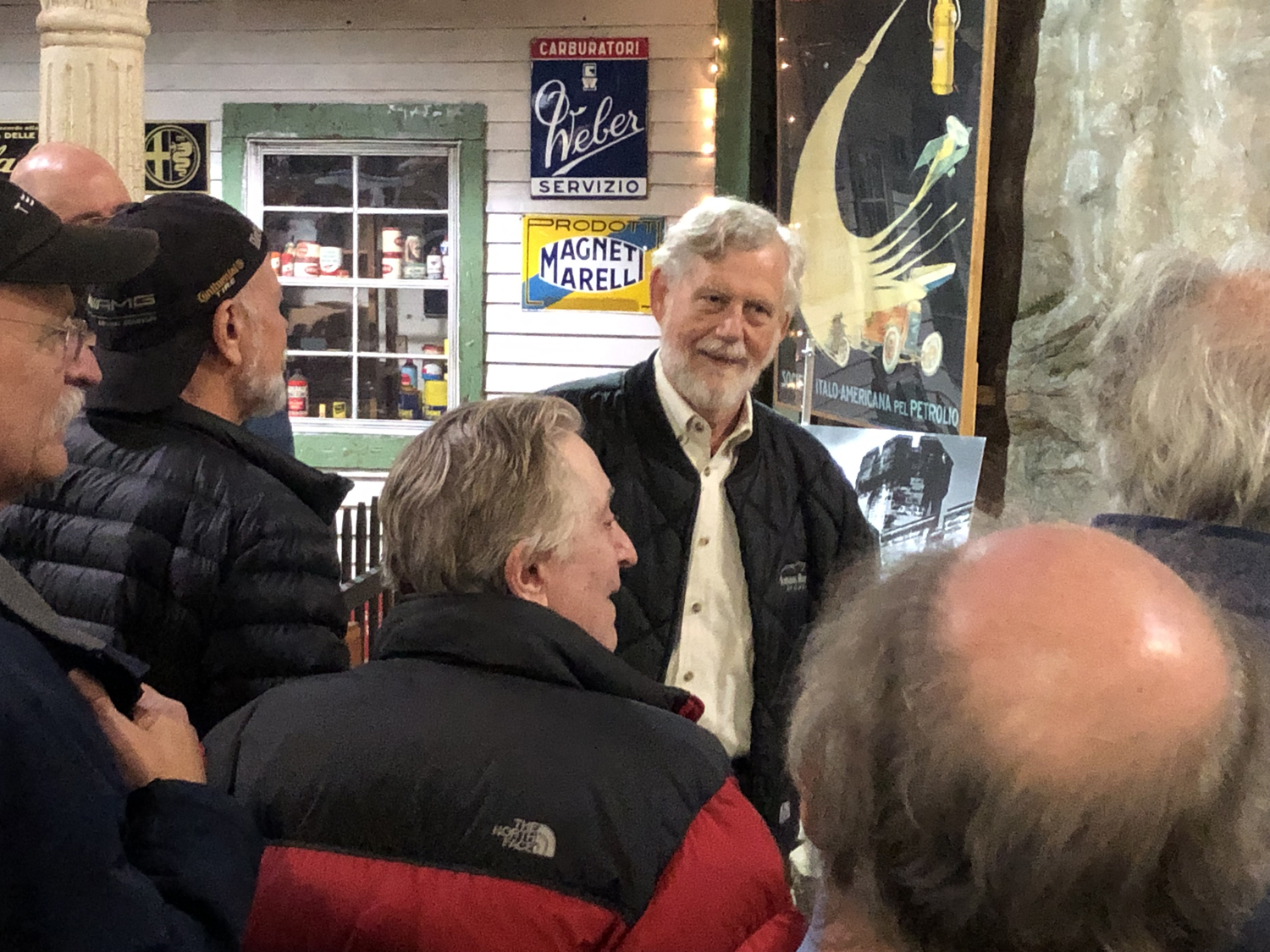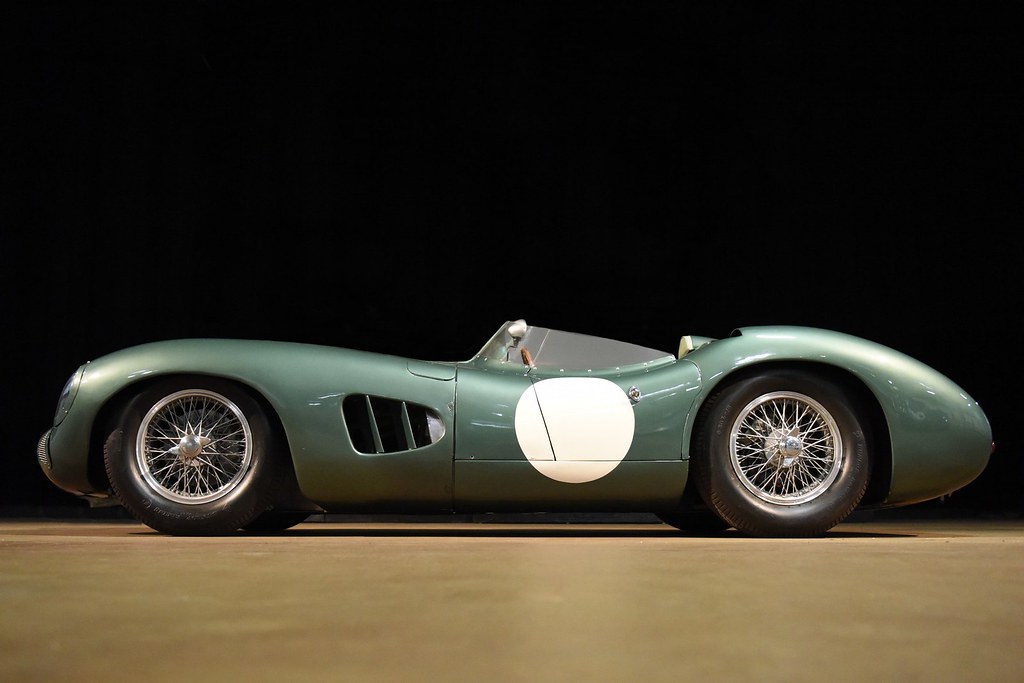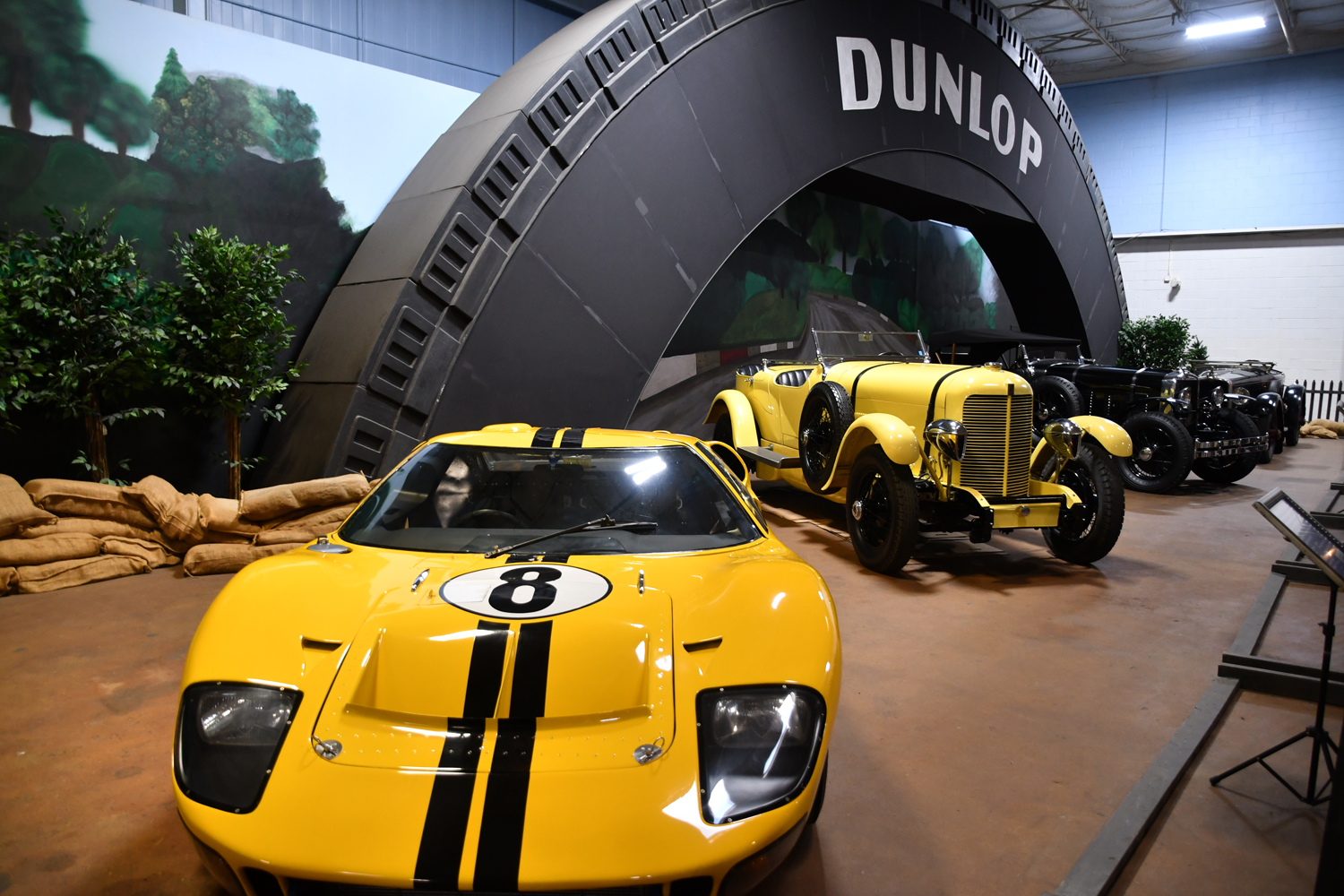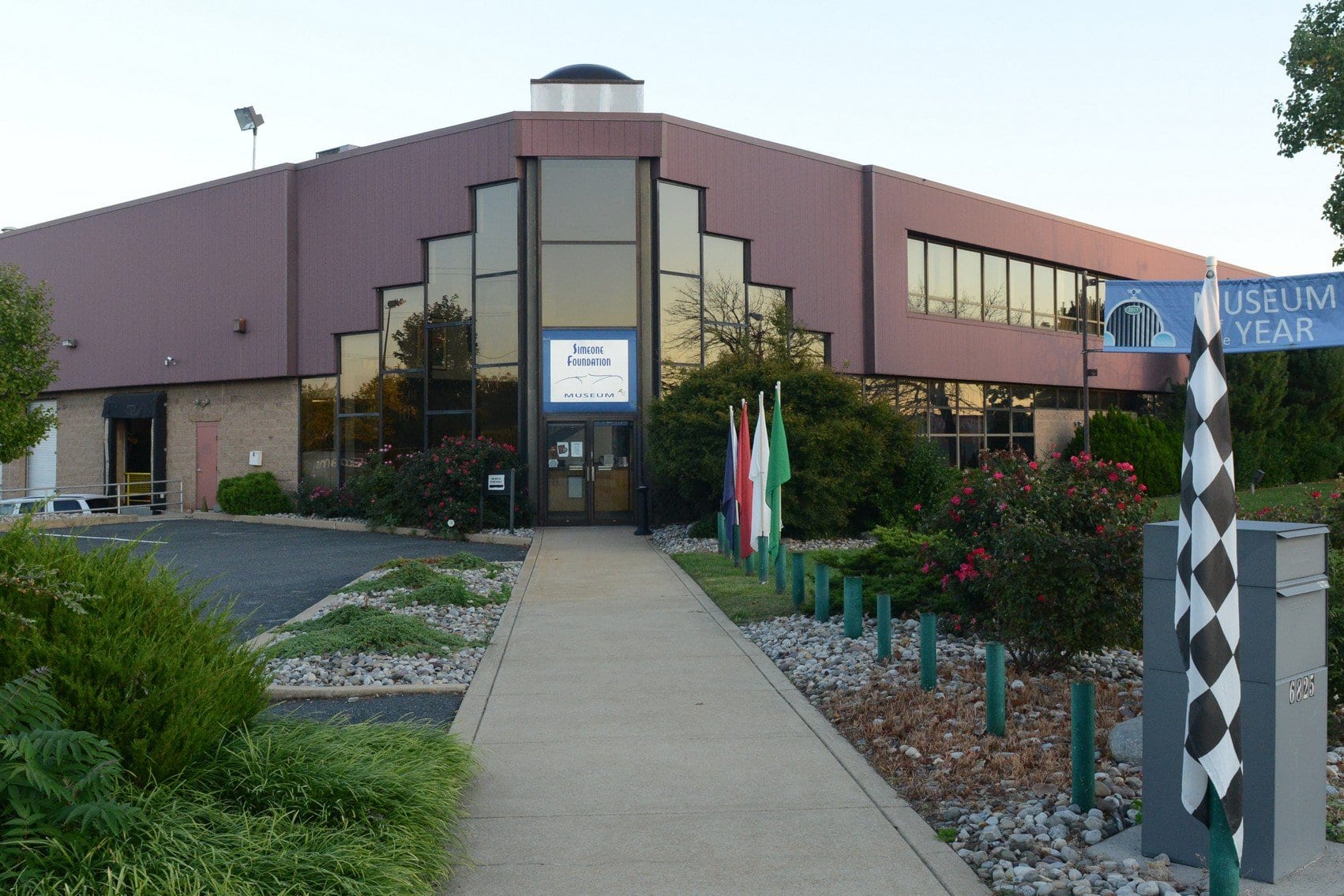Conversations With People We Value #44
Sometimes life taps our shoulder to remind us of the sacrifices others have made so that we have the opportunity to have so much. The recent passing of my friend James (Jimmy) Anagnost at age 98 did so for me.
In his later years Jimmy belonged to an ensemble of dedicated morning workout-aholics at a local gym. Though one of the older members, he showed up on schedule with a Cal Ripkin-like consistency for years without fail even into his 90s. An old soul imbued with values recalling a simpler time, Jimmy sported a sprightly elfin humor and laughing eyed geniality that earned him the love and affection of his gym buddies, men and women alike. Only in his later years did Jimmy honor me by breaking his good-natured smiling silence and share with me elements of his history. I found him both uniquely special as an individual and, again, representative of a generation. Jimmy’s story rightfully honors both him and his peers.
His story begins before the WWII Battle of the Bulge in 1944.
Fanfare for an uncommon man. A decorated soldier passes at 98
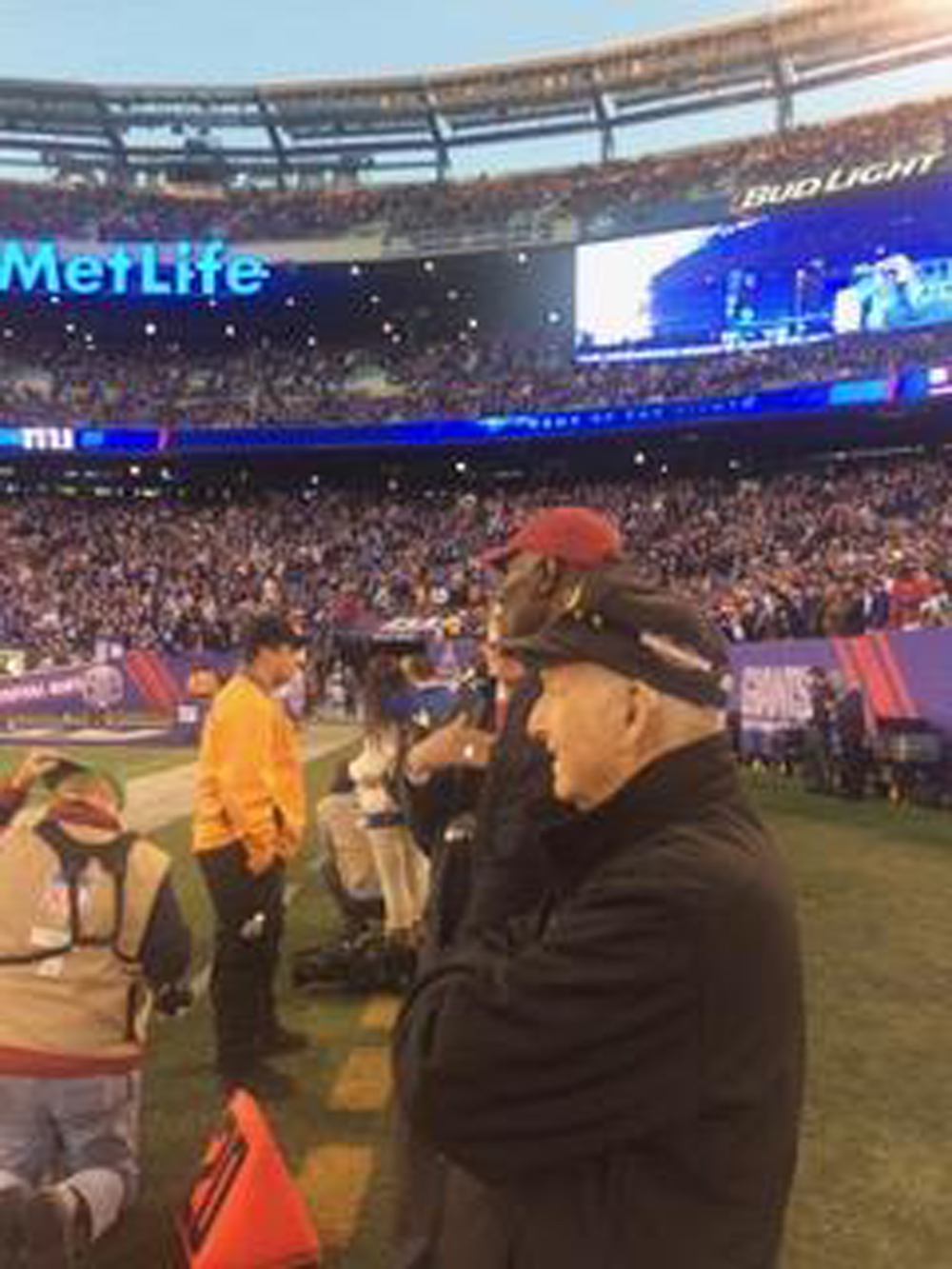
Jimmy Anagnost at MetLife Stadium
Born in July of 1924, little in his early years would prepare Jimmy Anagnost for the future that awaited him and millions of others like him. While that cataclysmic future bringing WWII awaited all, some, when finding themselves in fate’s crosshairs, forced to face cruel choices chose to respond to a higher calling. Such was young Jimmy of Nashua, New Hampshire.
“As a high school senior seeing the war in full swing, I figured knowing a little German might come in handy,” Jimmy said with a “did not need to be a rocket scientist” gesture. Jimmy would find his intuition about the benefit of speaking some German to be oh so true.
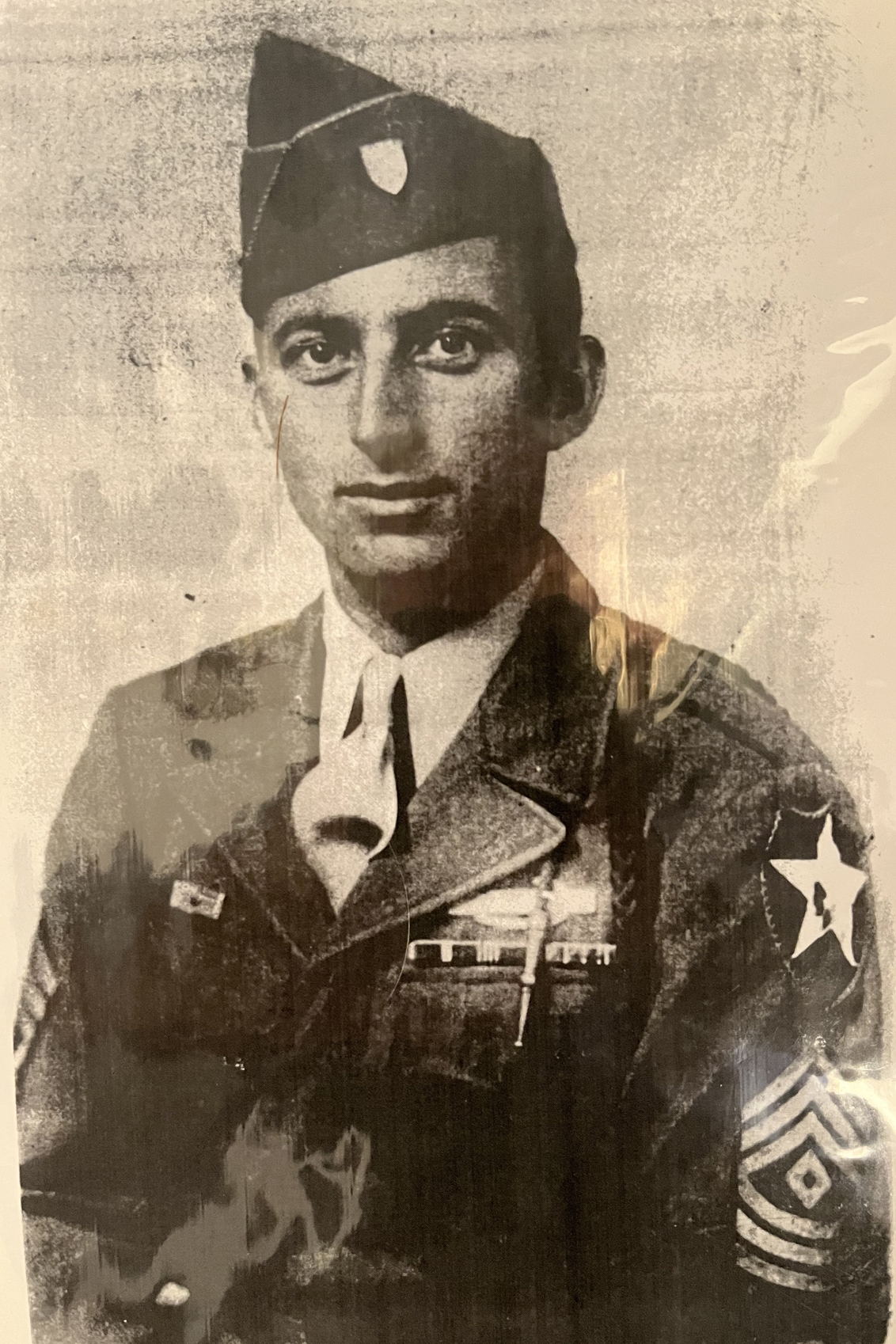
Jimmy in uniform
The following year after completing his freshman year at Springfield College on a Friday in June of 1943 Jimmy received his draft notice the next Monday. By November Jimmy found himself aboard Britain’s original HMS Queen Elizabeth. No pleasure cruise this. Being berthed five hammocks high in tight quarters together with wicked rough seas reduced the crossing to a six-day barf fest. A further wrenching of the ship’s collective stomach came with rumors that the QE1 had a Nazi U-boat in pursuit. The only stress relief resided in the belief that no U-boat had the speed to catch Britain’s queen of the sea.
Jimmy recalled, “Our destination would be Belgium. The Battle of the Bulge had broken out.”
For those unfamiliar with the “WWII Battle of the Bulge” It stands as the Nazi’s last major offensive of WWII and an all out effort in the dead of winter to split allied forces along the Western Front. It got its name from the large sag or “bulge” in the Allied line resulting from the German surprise attack.
It resulted in a frozen six-week blood bath in the dense Ardennes Forest of Belgium. Winston Churchill called it “the greatest American battle of the war with a deployment of over 500,000 troops. Adding to the frozen horror, a deep snow, freezing rain and record breaking cold temperatures brutally assaulted the troops with over 15,000 injuries resulting from the severe cold alone. Many of the soldiers were young men barely out of high school, just like Jimmy. In the end, the American forces prevailed and threw back the Nazi offensive though paying a terrible price in the process. According to the National WWII Museum, in what would be the costliest battle ever fought by the U.S. Army, American troops suffered over 80,000 dead and wounded.
All units in the frozen Ardennes meat grinder needed replacements, young Jimmy with the rank of corporal would be a replacement with a battered infantry division. His first exposure to death came with witnessing dead American soldiers being loaded like uncut cord wood into a truck. Jimmy said, “To this day, every time I see a truck loaded with cord wood it brings that sight back to life for me.”
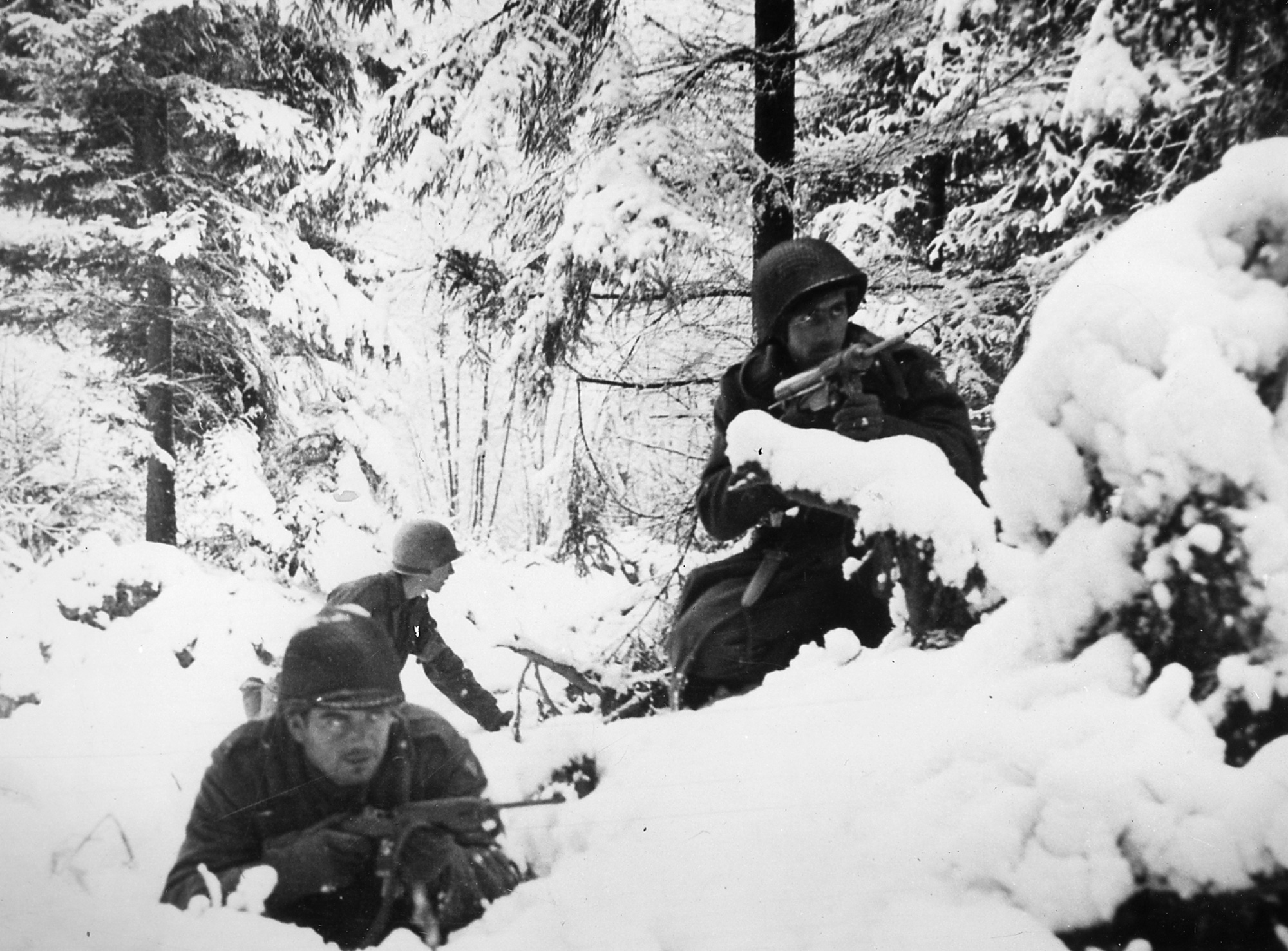
Battle of the Bulge, Ardennes Forest
Life came at Jimmy with increasing speed. A following morning found Jimmy and his fellow replacements being stocked with supplies, ammunition and fed a breakfast of pancakes with chocolate syrup. Jimmy said, “A veteran from D-Day informed me that that breakfast was tradition before heading into battle.” He remembered the day being bitter cold and snow depths made it difficult to walk. Jimmy said, “Marching to battle I was scared. No conversations filled the air. A deathly quiet seemed to choke life itself. Not knowing what to expect fed my fear. In all my time in combat that was the most fear I ever had.” Once action started, Jimmy said, “I fired my gun. Yelled for my men to move forward and basically acted like a leader.” It helped eliminate his fear. It did not free him of experiences that would haunt his memories for the rest of his life.
Jimmy recalled coming under intense German fire. His friend Sergeant Joe Vosek hugged the ground next to him firing in the direction of the German attack. Jimmy heard a gulping sound. Jimmy said, “I turned and blood was flying everywhere. Joe had been machine gunned in the throat. Joe died. I was ordered to advance which I did but I will never forget Joe Vosek.”
One especially bitter day in this frozen hell Jimmy faced decisions that would forever impact the lives of his men and lives of those who depended upon them.
The following comes directly from Jimmy’s Commanding Officer’s recommendation of Jimmy for the Silver Star.
On 2 March 1945 as Company K 23rd Infantry (Jimmy’s unit) crossed the Urft River the enemy opened fire from 18 pillboxes trapping the company in a small open pocket. Strongly prepared enemy positions poured a hail of fire from three sides. The company found itself unable to withdraw because of enemy mortar and machine gun fire.
When 2nd platoon was ordered to withdraw Corporal James Anagnost volunteered to remain in position to keep in radio contact while the platoon leader reconnoitered a favorable withdrawal route to safety. Although it meant being dangerously exposed to enemy fire, Cpl. Anagnost with high devotion to duty took up the exposed position.
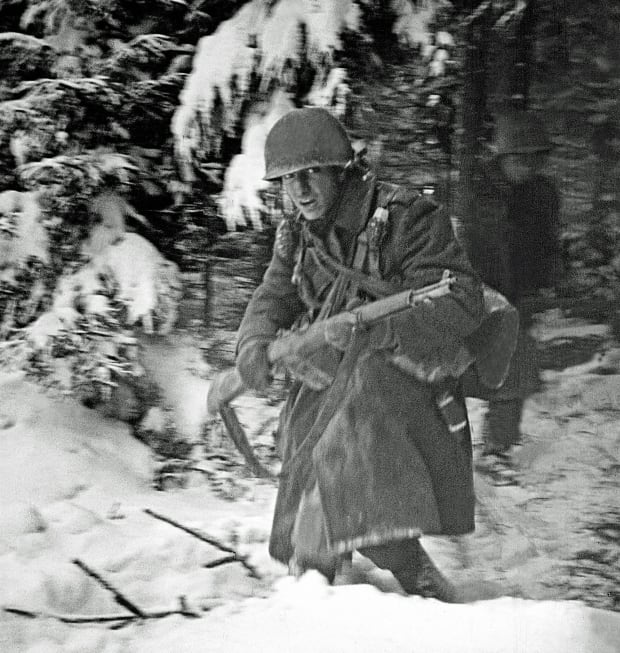
Upon receiving word to withdraw the 2nd Platoon he utterly disregarded his own safety to crawl from position to position to contact each man to order him to pull back. All the while Cpl. Anagnost was dangerously exposed to the hail of enemy small arms fire, automatic fire and mortar fire as he moved over the open and fire swept field. Only when he was sure that every man was withdrawn from the area did Cpl. Anagnost dash through enemy fire to reach the cover of a brick wall. There, with a handful of riflemen Cpl. Anagnost directed a rear-guard fight to cover the withdrawal of 3rd Platoon and other elements of Company K in the area.
Just as Cpl. Anagnost received a radio message to withdraw from his position, he heard a wounded man calling for aid from the open field in front of the wall. Aware that the platoon aid man was busy treating and evacuating several wounded men under cover of the brick wall, Cpl. Anagnost called for a volunteer to try to reach the wounded man. When no one responded he declared that he would make the perilous journey himself. Despite the advice and arguments of the other men that it was suicidal to leave the cover of the wall Cpl. Anagnost moved into the enemy fire crawling some thirty-five yards over the fire swept ground to reach the wounded man. Discovering that the man was wounded in the leg and arm and unable to help himself in withdrawing, Cpl. Anagnost dragged the man through the snow to the cover of the wall where he treated the leg wound and applied a tourniquet to the arm. Cpl. Anagnost then directed the men to withdraw to the rear and cross the river. He was the last man to leave the area and withdraw across the river.
By his high devotion to duty, courage and utter disregard for his own safety, Cpl. Anagnost was highly responsible for the successful withdrawal of Company K from its perilous position without staggering casualties and for the rescue of a wounded man who otherwise would have been killed or captured.
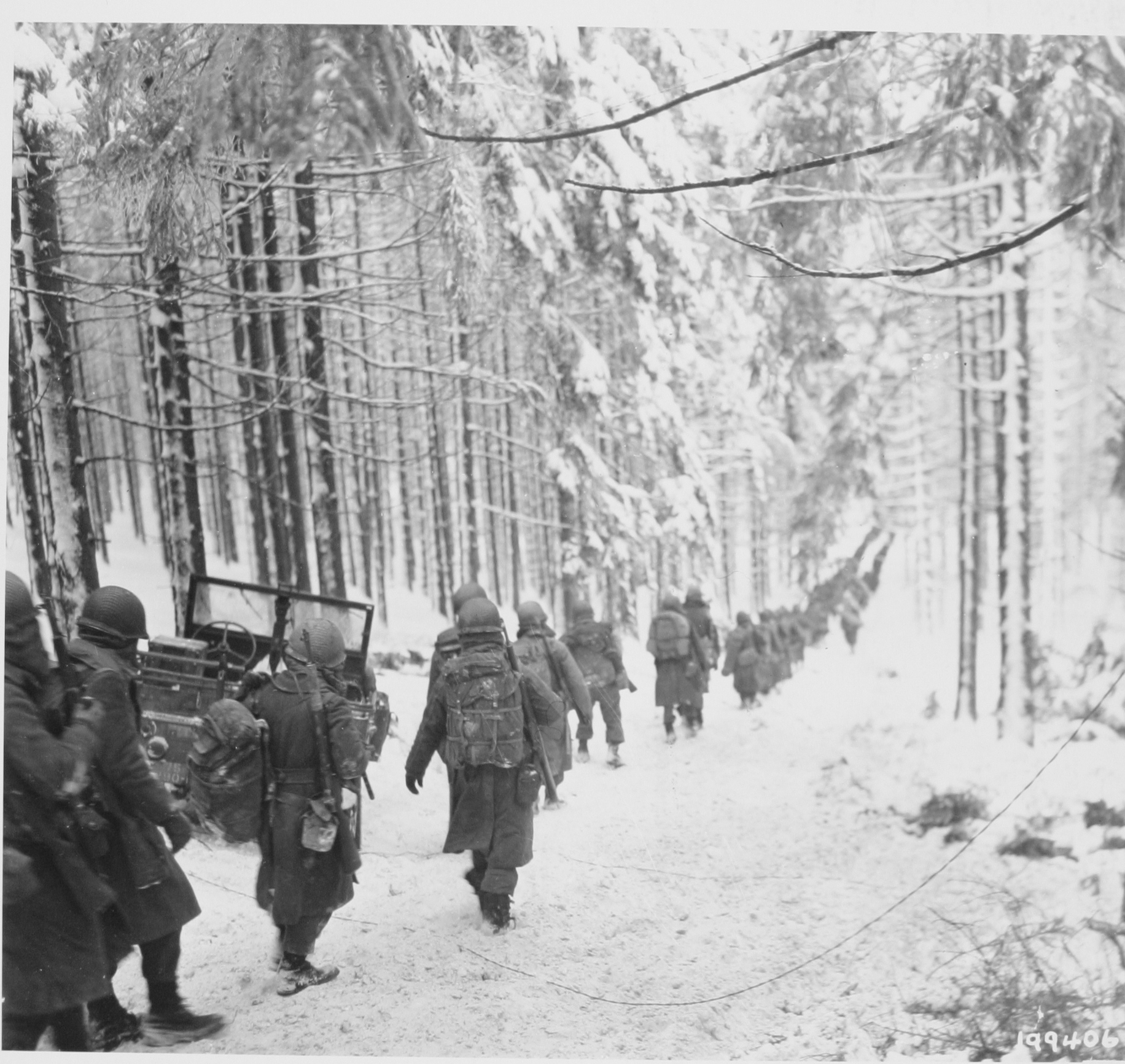
Two months later, Jimmy, now Staff Sergeant Anagnost and his men, after clearing two villages of snipers, moved on to neutralize several heavy gun placements targeting Allied troops at point blank range. After calling in a punishing heavy artillery barrage on the enemy position, Jimmy, surveying the scene from a location on high ground, realized that the enemy was surrounded. Clearly it would be in the Germans best interests to surrender and prevent the terrible loss of life assured by the impending withering fire awaiting to pound their inescapable position. Jimmy armed with his high school German, amazing chutzpa and basic decency volunteered to go forward alone into a clearing and facing the enemy line attempt to talk the Germans into surrendering. As described in the Army account:
S/Sgt Anagnost went forward to the enemy position and was met by a German with a bazooka pointed at him. At that time S/Sgt Anagnost was joined by Sgt Ray Legg, Albany, NY who whispered to Anagnost to hit the ground while Legg would shoot the German.
Jimmy in recalling the incident said, “My German was not that great. I was not getting through to the Germans that they were surrounded and basically faced annihilation. Ray kept whispering, almost imploring me, saying Jimmmmyyyy. I told Ray just one more chance.” According to the Army report, on this final effort “Another German soldier jumped out of a gun emplacement and yelled, ‘I’m from New Jersey we can make this work.’” Apparently the German soldier’s father, before the war, had come with the family to work for a German company in Edison New Jersey. Returning to Germany before the war, the son, still a German citizen, was conscripted. Jimmy said, “If you saw this in a movie you would say what a load of B.S. I guess what they say is true in war you see things that you just couldn’t make up.”
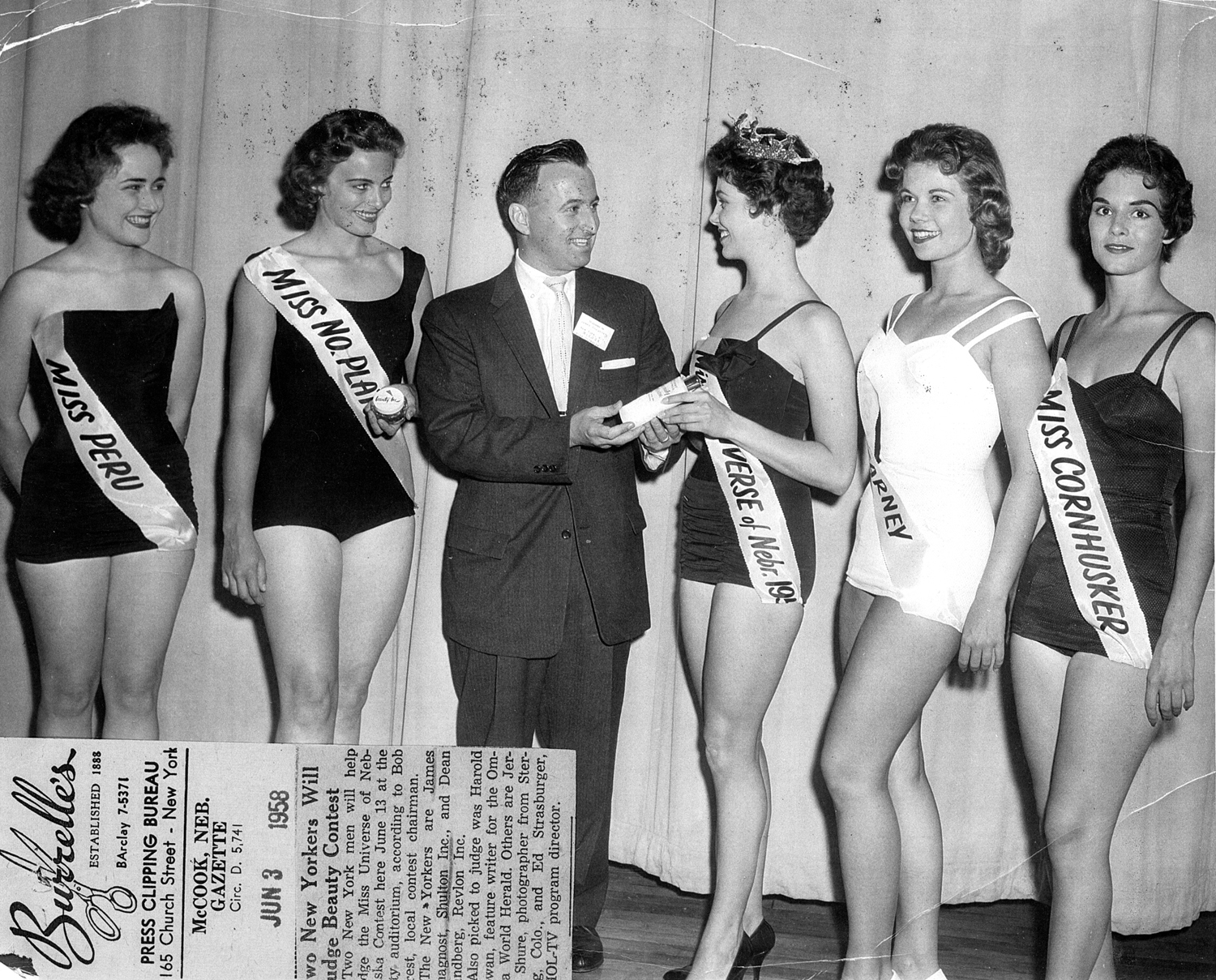
Jimmy as Shulton Rep judging for Miss Nebraska 1958
Jimmy’s actions resulted in the capture of over 50 flak guns that would no longer jeopardize allied planes, many 88mm heavy guns that would no longer kill allied troops and 250 prisoners who could no longer take allied lives and had been given the opportunity to live out their lives after the war.
In returning home after the war Jimmy finished his degree at Springfield College and set about building a good life after surviving a terrible war. Jimmy began a career with the Shulton Company best known for its Old Spice products. Jimmy represented Shulton products to military bases around the world. Interesting Jimmy once acknowledged to me that the most fear he ever experienced in his life occurred when going to Vietnam for Shulton in the mid 1960’s. Jimmy said, “You never knew who was the enemy nor how close they were. There was no enemy line. It scared me.”
In 1953 Jimmy married the love of his life Katharine (Kitty) Anagnost and raised a family with 3 sons and a daughter. Jimmy and Kitty’s marriage lasted 68 loving years. Kitty passed in 2021.
Jimmy’s later years had found him spending summers in Maine and when at his home in River Vale NJ attending a health club in Westwood, New Jersey. It was at that gym where Jimmy established himself as a beloved member of the health club family. Into his 90s Jimmy would work out diligently. He amazed his fellow gym rats with his vigor and by his sheer genuine joie de vivre and decency charmed
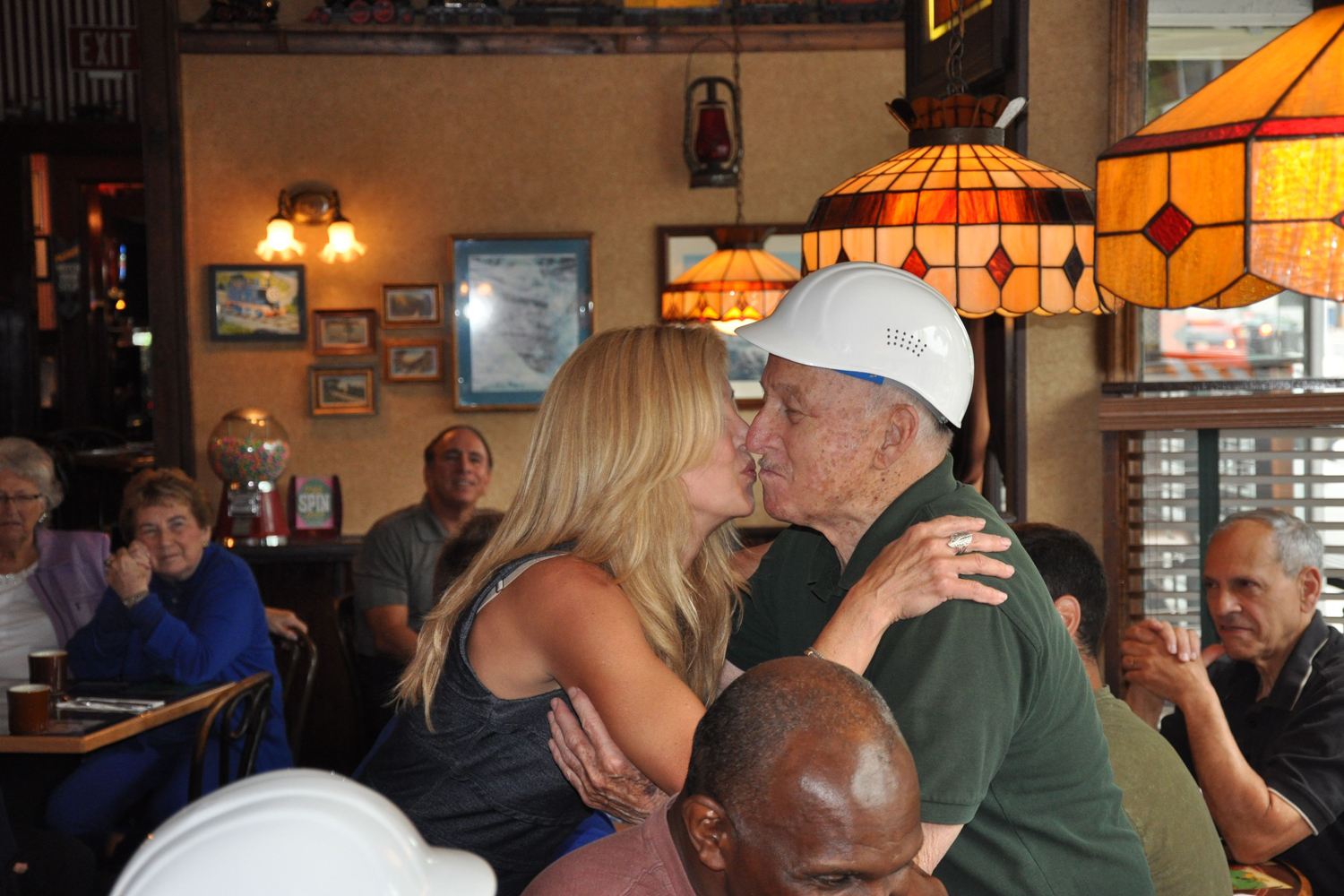
Happy 90th Birthday Kiss
the women and was beloved by “the guys.” That said, one friendship in particular stands out for both its apparent incompatibility and depth.
Over the years a deep, strong almost familial bond developed between Jimmy and fellow gym member New York Giants Pro Football Hall of Fame Linebacker Harry Carson. This friendship defied a phalanx of possible divisions from age, physical stature, regional roots, race, profession, celebrity and more. And in so doing, made a profound and universal statement about the deep transcendent nature of true friendship.
Jimmy roughly five feet seven inches tall and 150 pounds and Harry at six feet two inches and 255 pounds (He retired in 1988 and still maintains his playing weight) were so different yet so comfortable together. Harry deferred to Jimmy like a respected and beloved favorite uncle. Harry remained in constant contact with Jimmy right through Covid and during Jimmy’s time in assisted living right till his passing. Simply a joy to see them together. Watching Harry a bright, famous, revered, giving and personable man defer to Jimmy seemed a moving expression of a hero’s joy when focusing the spotlight on another.

Jimmy and Harry Carson celebrating Jimmy’s 90th Birthday
Harry’s deep affection and respect for Jimmy evidenced itself in 2015 when at Harry’s urging, the New York Giants honored 91-year old Jimmy during the NFL’s salute to veterans before a packed Metlife Stadium.
Announced to the full house by Harry, Jimmy walked on the field with a deliberate stride (all his gym friends told him to confidently stride out on the field and snap off a salute). Mission accomplished. Rising with a thundering roar from a single voice shared by the 83,000 fans, all in attendance celebrated the life of an uncommon man.
At 98 Jimmy has passed. Our lives are better because of the life he and his peers lived. Long live Jimmy.
Jimmy Anagnost will be buried at Arlington National Cemetery.

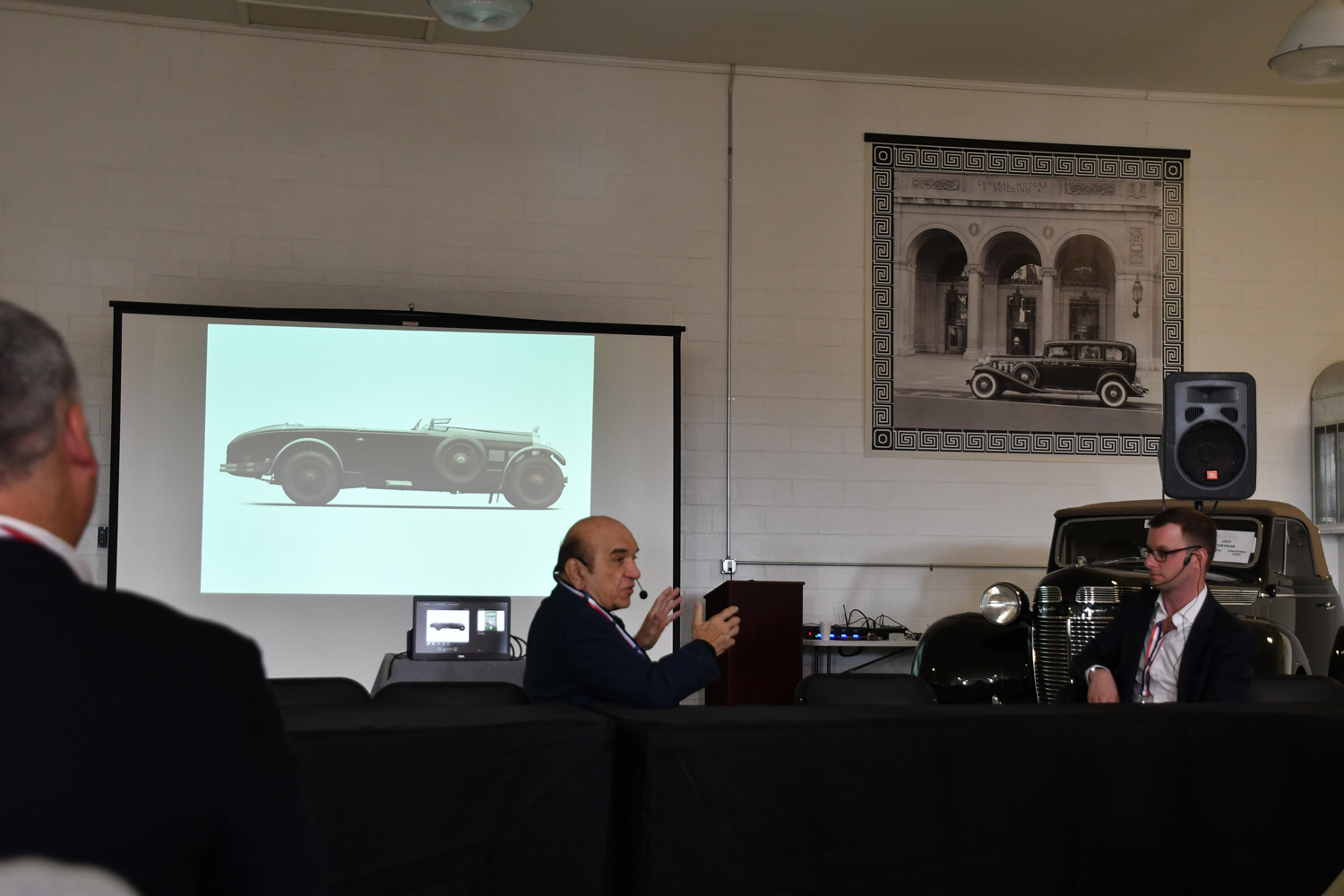
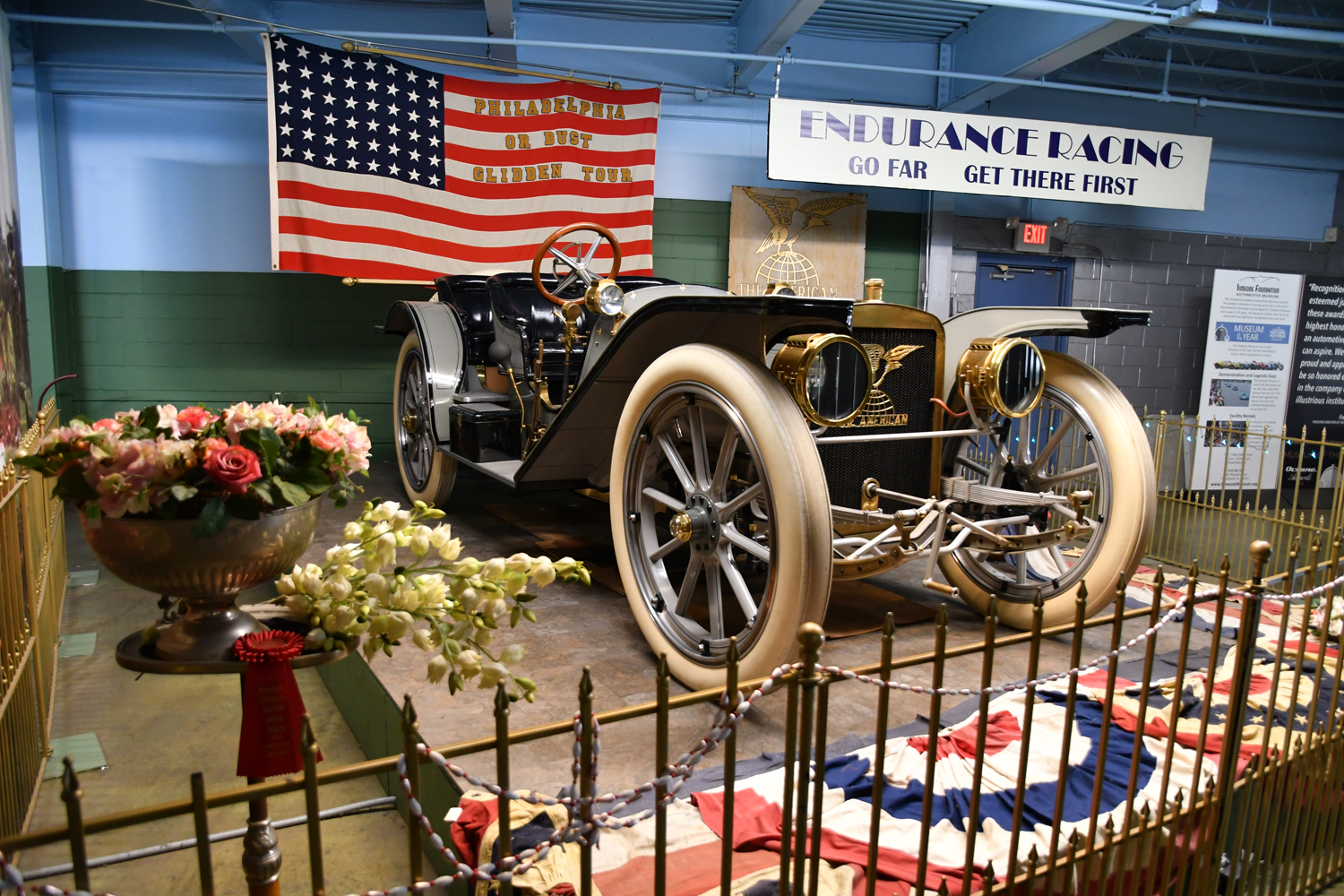

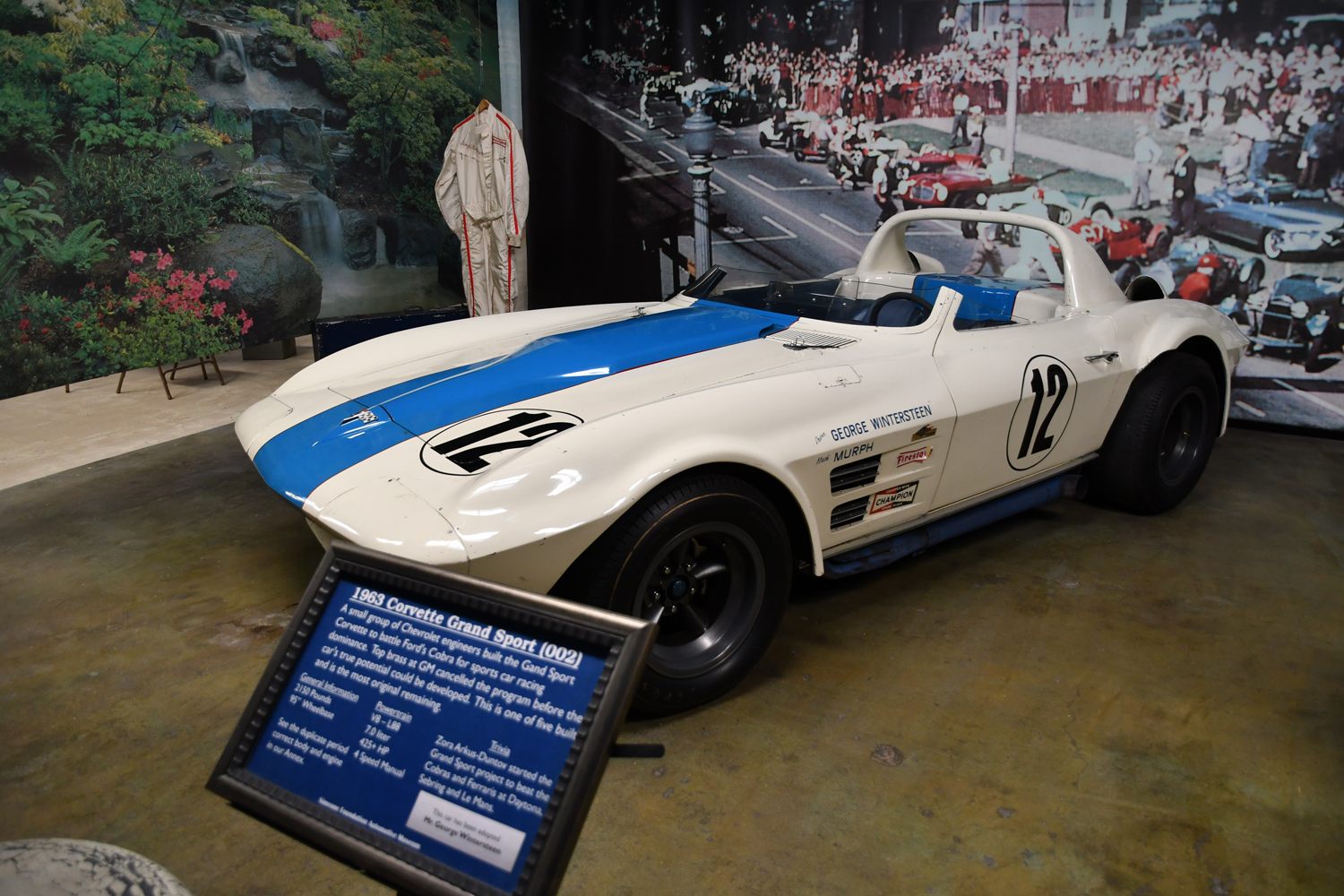
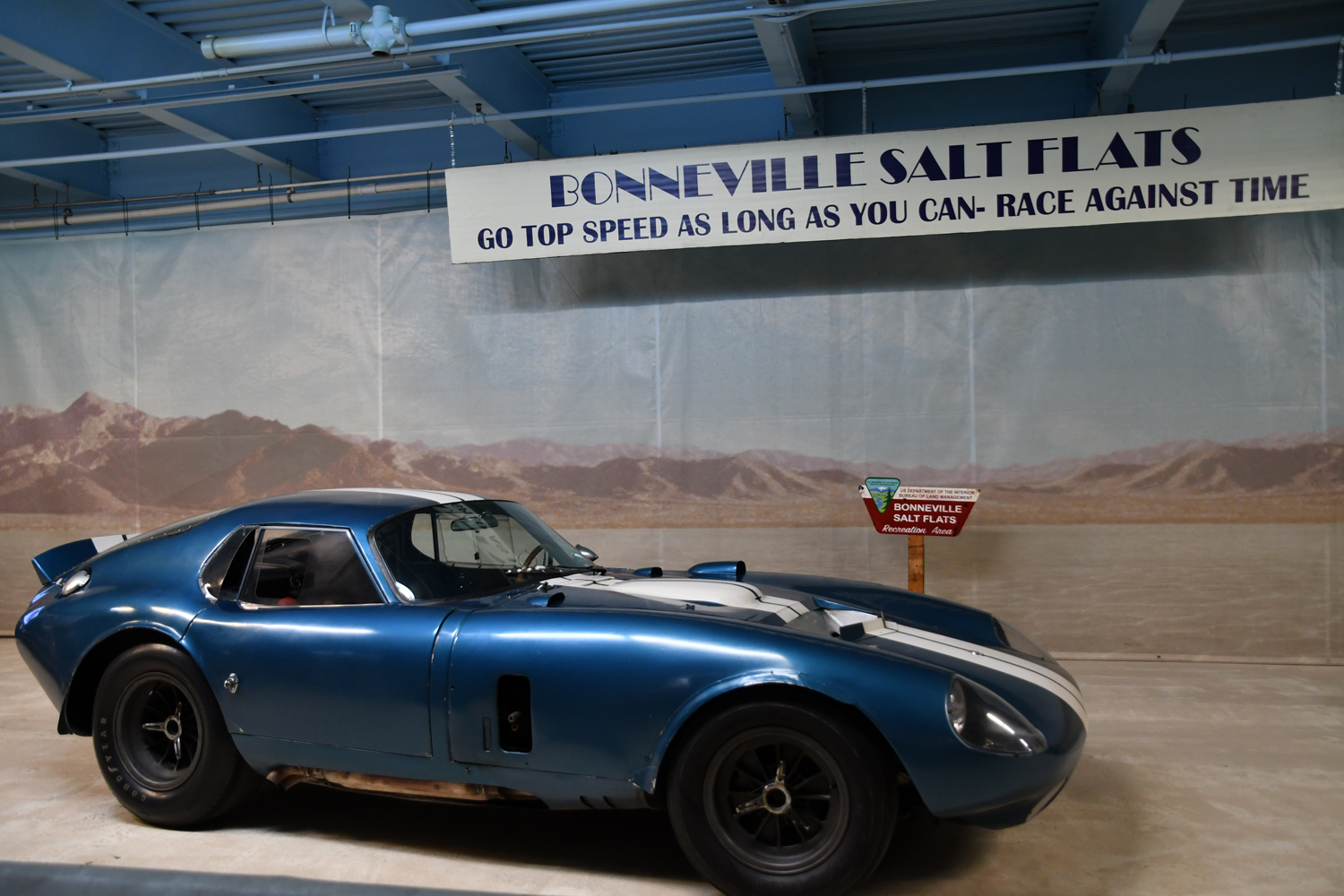
 Later on Brand gave the car to his daughter, Donna O’Hara. In 1982 O’Hara and her husband divorced with Donna O’Hara getting the Cobra. At that point O’Hara went off the radar as did CSX2287. Stories told include many offers including one from Carroll Shelby being ignored or rejected. At times O’Hara gave mixed signals as to the existence of the car. In 2000, still possessing the Cobra and without leaving a will, O’Hara died. Through the courts ownership passed on to her still living mother Dorothy Brand. Without the space or interest in untangling the subsequent decade of convoluted legal wrangling leave it to say that CSX2287 entered the Simeone collection where it sits on display today.
Later on Brand gave the car to his daughter, Donna O’Hara. In 1982 O’Hara and her husband divorced with Donna O’Hara getting the Cobra. At that point O’Hara went off the radar as did CSX2287. Stories told include many offers including one from Carroll Shelby being ignored or rejected. At times O’Hara gave mixed signals as to the existence of the car. In 2000, still possessing the Cobra and without leaving a will, O’Hara died. Through the courts ownership passed on to her still living mother Dorothy Brand. Without the space or interest in untangling the subsequent decade of convoluted legal wrangling leave it to say that CSX2287 entered the Simeone collection where it sits on display today.